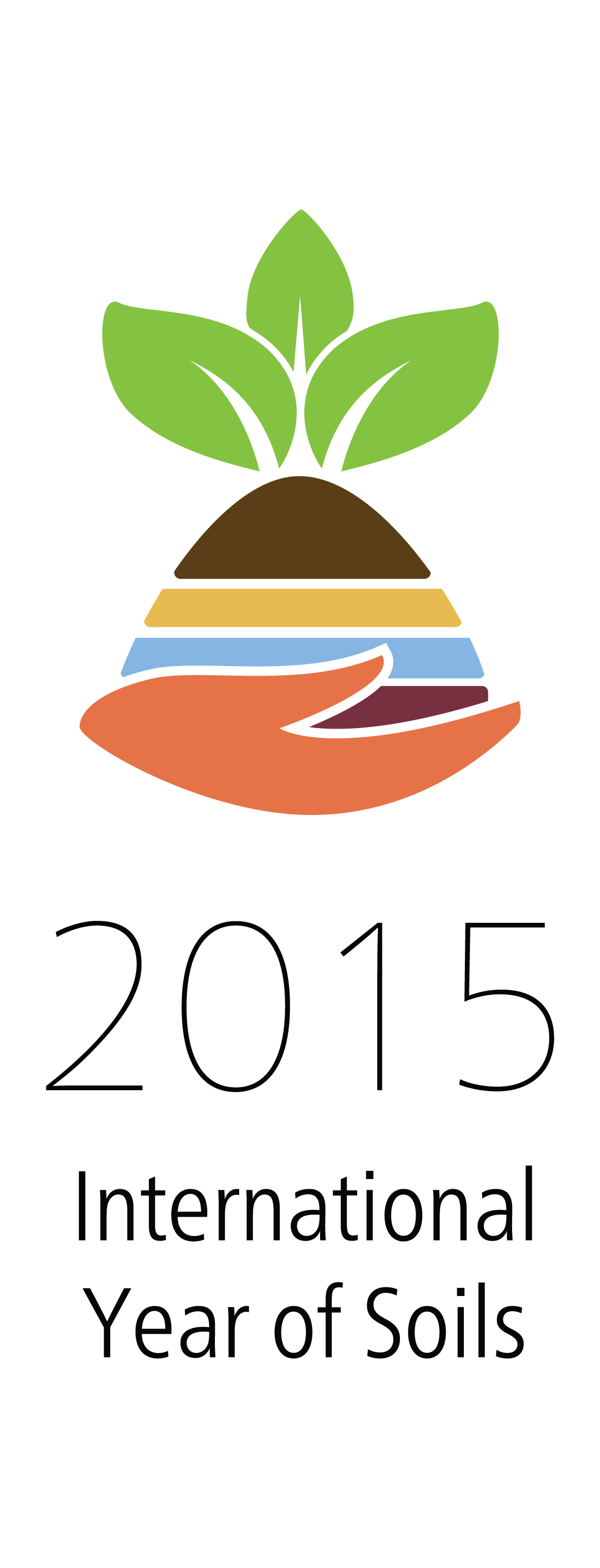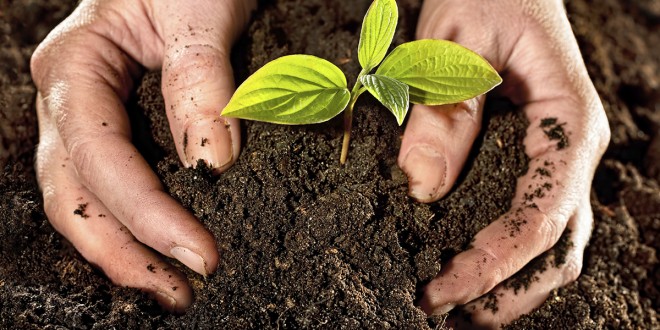 Some world leaders have set aside 2015 to make sure we aren’t treating our soil like, well, dirt.
Some world leaders have set aside 2015 to make sure we aren’t treating our soil like, well, dirt.
“Soil is not dirt,” said Fred Kirschenmann in a TedxManhattan talk entitled “Soil: from Dirt to Lifeline.” “Soil is in fact a very vibrant living community. In fact, soil scientists tell us now there are more living things beneath the surface of the soil than above the surface of the soil.”
Understanding of humans’ dependence on that underground system of life is what the UN General Assembly wants to highlight by declaring 2015 the International Year of Soils (http://www.fao.org/soils-2015/en/).
In addition to spreading the word about the importance of soil to human life in terms of food production, as well as the role that soil plays other areas such as in mitigating climate change and reducing poverty, the UN General Assembly hopes to influence policy-making toward the protection of soil, and to improve soil monitoring globally.
Many U.S. organizations have joined in honoring the Year of Soils—from the Natural Resources Conservation Service, which has put out an informative calendar, to smaller-scale events such as the Family Science Day in Dickenson, N.D., in November, when elementary students will enjoy a day of soil science activities and see an IMAX film on the topic.
Teachers who might wish to incorporate soil into their lessons can find many activities and resources at http://www.soils4teachers.org/lessons-and-activities.
The link also provides a way to look up information about “state soils,” or soils with particular interest to each state. In North Dakota, the state soil is Williams; in South Dakota, the state soil is called Houdek.
Making the Year of Soils a local celebration shouldn’t be too terribly difficult. After all, the main resource and “textbook” is located right under our feet.
 Dakotafire Get your spark here.
Dakotafire Get your spark here.



